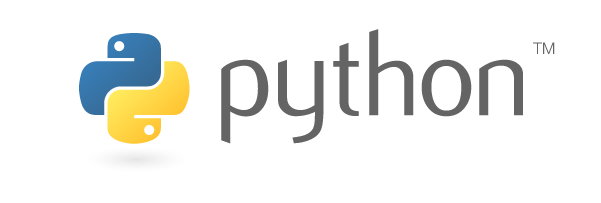Not all changes in the data models are reported with a blog post, Twitter dissemination o LinkedIn post. But if you notice there is a widget in the right part of the front page (scroll down till Announcements) where these tiny changes are reported (see the image or browse the front page).
Most of them are issues, suggestions or PR solved thanks to the collaboration of the community. They make the data models better for all.
We cannot say thanks individually to all of them but please feel our gratitude.
You can download all of the tiny annoncements from this simple text file.
Just thanks






 Parameters:
Parameters:





